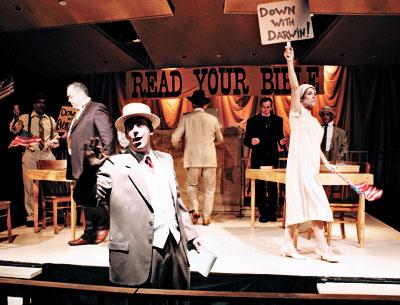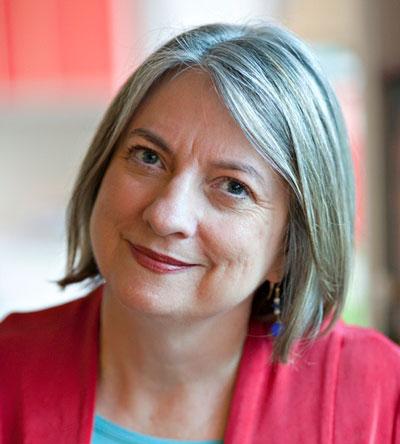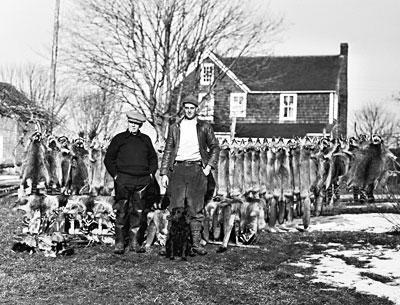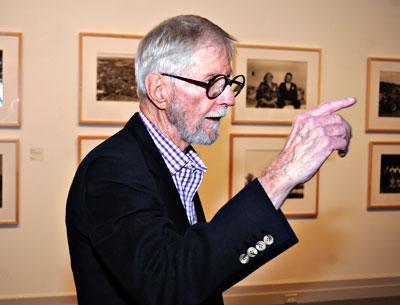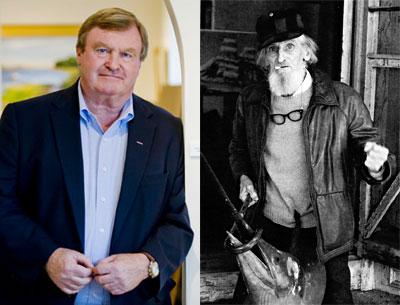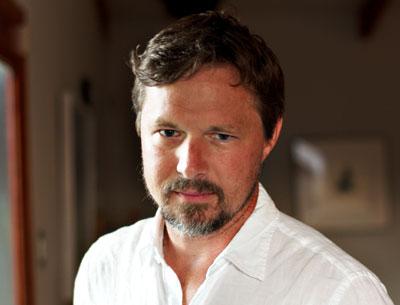The Art Scene: 10.25.12
The Art Scene: 10.25.12
Retreat Art Benefit
A juried art exhibition benefiting the Retreat will open at the Richard Demato Fine Arts gallery in Sag Harbor on Saturday with a reception from 6 to 8 p.m. On view will be the work of 25 finalists chosen by Christina Strassfield and Kathryn Markel from more than 300 entries.
Ms. Strassfield is the curator and museum director of Guild Hall. Ms. Markel is a gallery owner in New York and Bridgehampton. They will announce a “best in show” winner that evening who will have a solo show at Richard Demato Fine Arts at a later date. Although the gallery is hosting the event, all of the art sold during it will benefit the Retreat and the artists in a 50-50 shared arrangement. The Retreat is a domestic violence agency in East Hampton that provides services to women and children.
Rivers Collaborates
The University Art Gallery at the State University at Stony Brook is showing “Larry Rivers: Collaborations and Appropriations” through Dec. 8. The exhibition, organized by Helen Harrison, has 11 large paintings and a grouping of 8 drawings. The artist’s lithographic series “Stones,” on which he worked with Frank O’Hara, is also included, along with two films by Rudy Burckhardt starring Rivers and other South Fork cohorts.
Rivers, who was a longtime resident of Southampton, was a realist painter at a time when abstraction was favored. He began his career as a jazz musician, and Ms. Harrison writes in the exhibition catalog that the collaborative and experimental nature of jazz may have carried over into his artwork. Ms. Harrison will give a gallery tour on Nov. 7 at 1 p.m. Admission to the gallery is free.
Raymond Goes South
Anne Raymond, an East Hampton painter, will have a show of her artwork at the Elder Gallery in Charlotte, N.C. “Moments” will showcase her atmospheric and gestural style as applied to nature. The exhibition will open on Friday, Nov. 2, and will remain on view through Dec. 30.
Flack to Speak at Oberlin
Audrey Flack of East Hampton will speak at Oberlin College’s Allen Memorial Art Museum in Ohio next Thursday at 5:30 p.m.
The painter, sculptor, and photorealist will give a talk titled “Women: The Passion and the Sorrow.”
The Art of Disguise
Just in time for Halloween, Neoteric Fine Art in Amagansett will present “Incognito: The Art of Disguise,” which looks at the implications of assuming other identities and characters for ourselves through costume and disguise. The show’s thesis is that there is a psychological element in the ritual of role-playing. Costumes allow this role-play to occur and give one’s persona an opportunity to take on the identity of another, freeing the self to act out its inner psychic melodramas.
Scott Bluedorn, Andrea Cote, Margaret Farmer, Charles Ly, Christine Lidrbauch, Christian Little, Diana Lives, Lutha Leahy-Miller, Annysa Ng, Maria Pessino, and Kate Petrone are some of the participating artists. An opening reception and costume party will be held tomorrow from 5 p.m. to midnight. The show will remain on view through Nov. 24.
Shadow Falls on Ashawagh
“Shadow,” a show of contemporary art, will open on Saturday morning at Ashawagh Hall in Springs. A reception will be held from 5 to 7 p.m., and the show will continue through Sunday. The shadow of the title refers to the actual effects of light on objects, or it can be implied — shady dealings of politicians, the tracking of cookies and search engines on the Internet, the paranormal, or the Jungian unconscious.
Artists participating in this show include Abby Abrams, Roisin Bateman, Lucille Berrill Paulson, Rosalind Brenner, Michael Cardacino, Susan Burr Carlo, Eileen Casey, Marilyn DiCarlo-Ames, Art Donovan, Ellen Dooley, Dru Frederick, Gerry Giliberti, Steve Haweeli, Elizabeth J. Holmes, Wilhelmina Howe, Paula Kelly, Nancy Kiembock, Anthony Lombardo, Cynthia Loewen, Andrea McCafferty, Jonathan Morse, Zoe Pennebaker, Joyce Raimondo, Bob Rothstein, Joyce Silver, Tom Steele, Mary Stubelek, Robert Sullivan, Robert Wilson, Mia Wisnoski, and Athos Zacharias.
Don Saco’s Sculpture
Don Saco’s sculpture is on view at the Southampton Cultural Center through Nov. 13. The exhibition is devoted to Mr. Saco’s most recent work from the past two years, inspired by ballet dancers and their movement as captured by Andrea Mohin, a photographer for The New York Times. Mr. Saco is also showing some two-dimensional works — vertical and flat iterations of geometric shapes.

